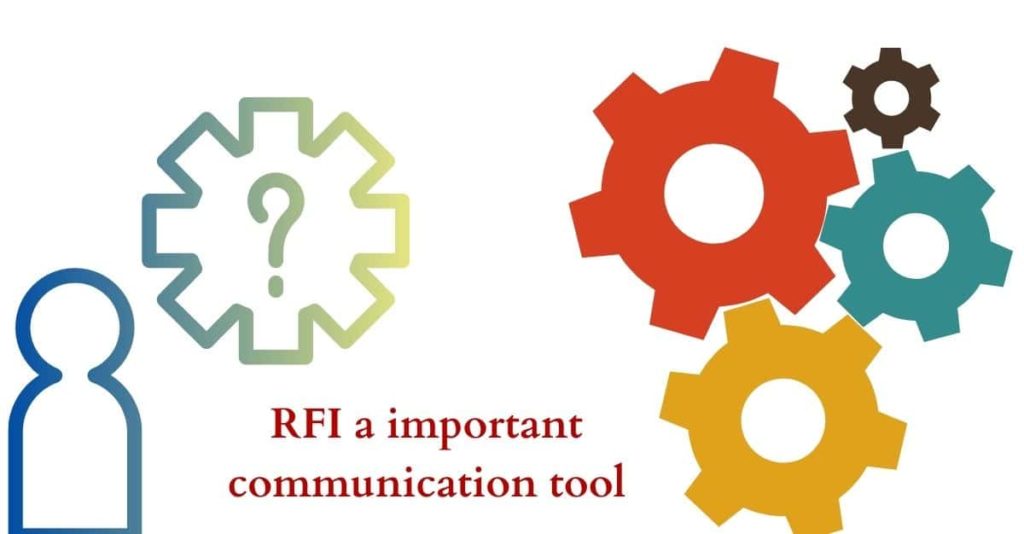What is Request For Information?
A request for information (RFI) is a document to get inputs or clarify details during the project process. Industrial construction projects with multiple stakeholders and many challenges. RFIs are a medium through which the inputs or clarifications are raised and answered by the industrial project design consultants.
These RFI’s ensure that the contractors implement the project as per the client’s requirements. These help in bridging the communication gap between various parties.
When is an RFI used?
Request For Information or RFI is issued when a party in the project needs some information or clarity. This RFI could be about specifications, drawings, tenders, inputs, or other documents. RFI’s are typically between contractors, industrial project design consultants, clients, process consultants and other stakeholders. A properly planned RFI process ensures satisfaction across parties.
Some common reasons for an RFI are:
- The client, contractor, architect, industrial project design consultants or other stakeholders need additional information.
- Clarification in the design.
- Change in Benchmarked material
- Construction issues at the site.
- When the consultants need inputs
RFI’s provide clarity when information is insufficient or incorrect in the original document.
Research says that typically, an RFI receives a response within eight days. Usually, an RFI goes through the following stages:
- The party that needs clarification/ information initiates RFI.
- The RFI is sent to the client/ design consultant/ architect, who must respond.
- The other party must respond to the RFI. The initiating party closes the RFI after the resolution of the query.
An RFI is effective only if there is clarity in presenting the problem. The RFI must provide a proper context with appropriate references to drawings or documents. Moreover, the addition of pictures or videos helps in clarity. The reply to the RFI must also provide a solution or provide relevant information.
The Project management consultants or the client must save the RFIs along with the response. Additionally, replies to the RFIs must be on time as a delay in response may delay the project. Sometimes, a follow-up with a face-to-face meeting may also help resolve the RFI.
The advantages of RFIs are plenty. However, there are instances of overuse of RFIs and creating numerous communication trails over minor issues. Bad faith between parties often leads to misuse of RFIs.
How to avoid misuse of RFI
A few points that can help avoid misuse of RFIs are:
- One issue per RFI
- Use of the same format of RFI across disciplines and parties.
- Maintain a time limit for response.
- Keep a record of RFIs and the replies.
Typically RFI has the project name, details, RFI Number and date, description of the problem, priority, attachment list, issuing party and person, Recipient’s company name and contact person
Conclusion
RFI as a tool in industrial projects is of utmost importance. However, the utilisation of RFI should be optimal. Additionally, the industrial project design consultants have to ensure that they respond to the RFI promptly.












